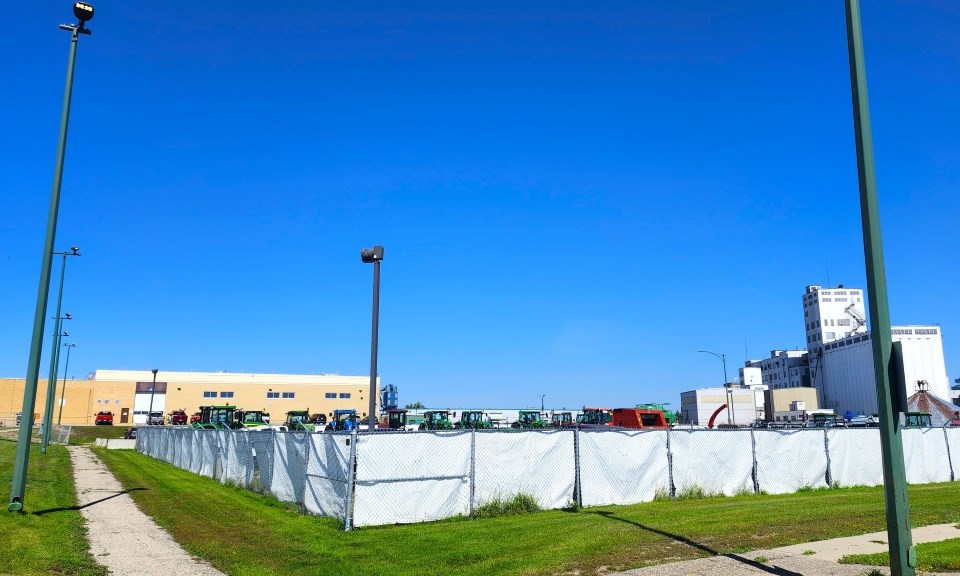SASKATOON — The Caswell Hill Community Association commends the efforts being made by city and provincial officials in addressing homelessness and helping the vulnerable. Still, it has raised concerns, especially regarding safety and security in the neighbourhood.
The community group, in a social media post, thanked non-profit organization The Mustard Seed for stepping up and expanding the selected site on 170 31st Street East, right across the Casswell Hill neighbourhood and about 900 metres away from the community school.
The facility, which is also about 500 metres away from St. Michael Community School, is to be on lot located at the back of the Harry Bailey Aquatic Centre, and will be a 60-bed enhanced emergency shelter. The government owns the land.
“We recognize the urgency of providing safe and supportive places for those experiencing homelessness, and our community is committed to welcoming thoughtful, compassionate approaches to this challenge. As the neighbourhood directly across from the planned 60-bed shelter, we're invested in helping ensure the facility succeeds as both a haven for its guests and a respectful neighbour to Caswell Hill,” said the CHCA on the social media post.
The neighbourhood association’s executive team listed community safety, security, construction, site management, community integration, neighbourhood advisory, health, wellness, cultural safety, cleanliness, accountability reporting, broader provincial role, neighbourhood connections and contributions for consideration on how the shelter can co-exist with Casswell Hill residents.
“We welcome clarity on staff-to-guest ratios and how staff will be visible around the shelter, especially during evenings and overnight. Exterior lighting and 24/7 camera monitoring will go a long way in creating a sense of safety for guests and neighbours alike. A designated Saskatoon police liaison officer and regular sharing of call-for-service data would help strengthen transparency and trust,” said the executive team’s post.
They added that the government and the shelter operator should also provide a construction timeline while continuously updating the neighbourhood residents to reduce uncertainty, while also prioritizing mitigation practices like security fencing, dust and noise control and signage to make sure the work site is safe and everything is in order throughout the building process.
“We ask that the sidewalk connection to Idylwyld be completed before the building opens, with assurance of regular upkeep year-round. Parking and traffic management will be important, and we encourage coordination to avoid spillover impacts on nearby residential streets,” said the executive team, adding that the community integration and an advisory committee should be part of a Good Neighbour Agreement.
The executive team said the Good Neighbour Agreement was co-developed by the shelter operators and the neighbourhoods they belong to, just like in Toronto and Calgary, where it provides a shared foundation of expectations around safety, property care, communication, and problem-solving.
“We value the opportunity for dialogue through a Shelter Advisory Committee, meeting regularly with residents, businesses, shelter staff, and city/province representatives — particularly in the first year of operation. Sharing transparent data such as incidents, supports provided, and housing placements will reassure the community while celebrating successes,” the team said.




